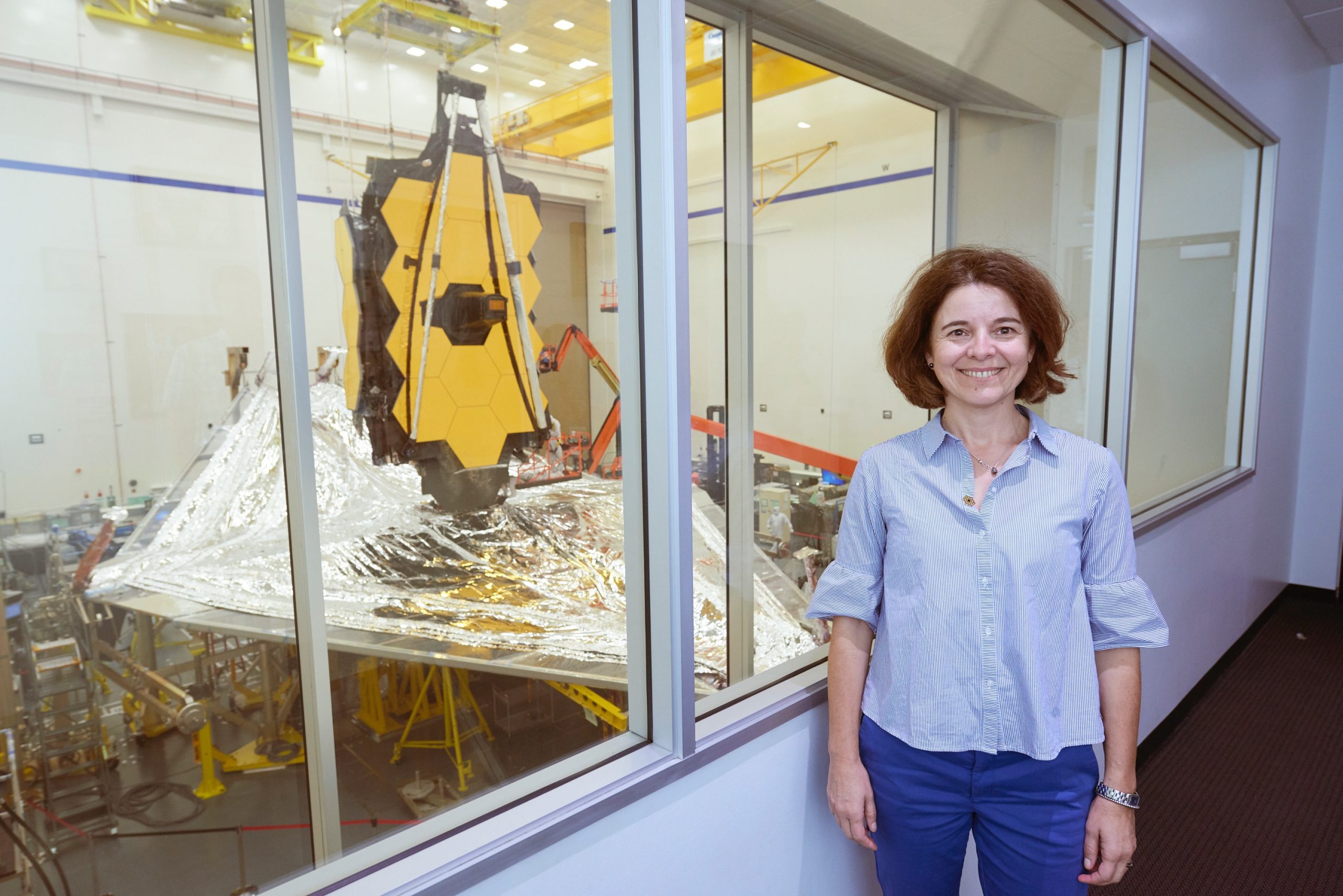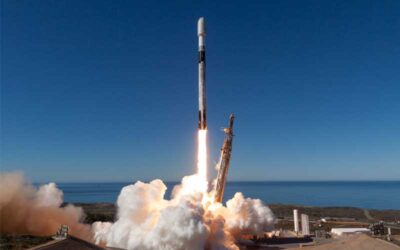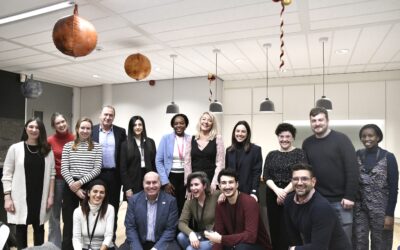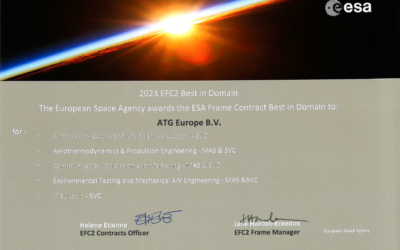EMPLOYEE SPOTLIGHT – Giovanna GIARDINO / European instrument Scientist for the James Webb Space Telescope
Last week we’ve had the chance to meet with our very own Giovanna GIARDINO working with ESA / ESTEC on the upcoming James Webb Telescope. With an expected launch in October 2021, we couldn’t wait to share our lucky interview about her project and her ambitions to shed a light on some of the world’s best kept secret – our Universe and its history.
So let’s kick it off by talking a bit more about you, your background and how all this led you to work on James Webb ?
I was always very passionate and went to study Physics to obtain a PHD in Astronomy, in particular studying the Cosmic Microwave Background (CMB) Radiation, sometimes referred to as the “echo of the Big Bang”.
I find it extremely interesting to work on the JWST project which is led by NASA and represents one of the biggest Astrophysics projects ever undertaken by the American agency. The project is a collaboration with ESA and the Canadian Space Agency, with very important contributions from European universities and research institutions.. ESA is responsible for its launch with Ariane 5, and contributed part of the mid-infrared instrument MIRI and the near-infrared spectrograph NIRSpec, the topic of my work.
We successfully delivered NIRSpec to NASA in 2013 but it took time to integrate it with the other instruments and the telescope and then to mate this with the sun-shield and the spacecraft and run all the necessary tests. Eight years later here we are, with a launch scheduled in October. *fingers crossed.
What is the final goal of this project and could you tell us a bit more about its future ambitions ?
In a few words, the James Webb space Telescope is a follow up of the Hubble Space Telescope already orbiting the Earth. Webb has a primary mirror more than 2 ½ wider in diameter than Hubble, increasing drastically its collecting area. It is optimised to work in the infrared, and for this is equipped with a 5 layers-sunshield that is as big as a tennis field !
Obviously, such a beast cannot be fit into the fairing of the Ariane 5, so the observatory is designed to be able to fold onto itself for the launch and then deploy once in space (a bit like a ‘transformer’). The deploy process will last days and, I tell you, it will be nerve-racking for everybody involved! *sighs
The main idea behind this project is to drastically advance what Hubble can do: shed-light into the early phases of the Universe and the processes leading the formation of galaxies, as well as observing planets around other distant suns. Thanks to its increased sensitivity, with JWST we generally will do more advanced astronomy, but also very possibly make new discoveries.
It will indeed be the most powerful space telescope ever made; but do not worry for Hubble. We are planning on having them both operating at the same time. They observe in a different (but overlapping) wavelength range so we can compare and combine the data together. We’re on to some fascinating results!
Speaking of Hubble and how it is planned to exceed expectations, what will be Webb’s life expectancy ?
Good question – Webb will be placed in an orbit around the Lagrange point 2 (L2) or at about 4 times the distance between here and the Moon. This orbit has many advantages especially in terms of being able to “easily” keep telescope and instruments cold (at approx. -230o C). However, astronauts can’t get there to fix it (as they did repeatedly with the Hubble telescope). The Webb is designed for at minimum 5-years of operations, aiming for at least 10 years and it could work for much longer.
Has COVID impacted any of your work, made it more difficult for all of you to collaborate ?
It did alter my traveling habits. I used to go regularly to the US, which allowed me to work closely with NASA collaborators and ESA colleagues. On the other hand, a lot of my work was happening remotely also pre-pandemic. Keep in mind most of our team is based in Baltimore where the Space Telescope Science Institute (STScI) is located and where the JWST operations will be carried out. The pandemic added an additional challenge but it is reassuring to see how the scientific collaboration and the industry kept progressing.
You’re doing some fascinating work and we’ve spoken a lot about the project, what it entails and its ambition. What is it that you’re excited the most about JWST ?
Being able to contribute to an instrument that will help us better understand the Universe and possibly shed more light on where we come from, is very fulfilling for me. The atmosphere on this project is very positive, and I had the chance to learn from some brilliant scientists and engineers. I am very enthusiastic about the advanced technology that was developed to build and test the Webb, and how people get together and work collaboratively to find new solutions, with the purpose of building ever better instruments and advance our knowledge.
Solving scientific/technological problems can be real fun – it’s a little bit like playing, but on a high level !
Any challenges today you would like to acknowledge, warn others about ?
Like everything, is not that there is always fun and excitement. Space science project can be very long, often last more than 10 years. You work long hours for goals that are far-away. There are dull periods when it’s more difficult to keep the focus and motivation. Indeed, I have been working on this project for over 10 years and I have yet to see it all come to fruition.
Balancing professional life and personal life can also be challenging at times., but give me some time in the nature, with my family, and I feel instantaneously relaxed. I love walking and trekking in the mountains; or simply being in the open air for a jog. Nature in all its form has always been very fascinating to me — when I was young I use to spend long hours just gazing at the night sky… I guess I have a bit of a dreamer’s mind.
Hopefully launching in October 2021, we’re all looking forward to see Giovanna’s work in action. And who knows, the observations scientists will make with JWST/NIRSpec may help us unlock some of the Universe’s best kept mysteries.
You can read more about Giovanna’s fascinating work in this previously released article : https://bit.ly/2O3j5EH

Our own Giovanna in front of the James Webb Telescope

James Webb stored in the fairings
Credits : ESA / ESTEC


